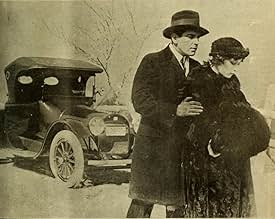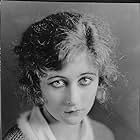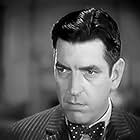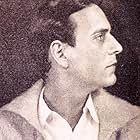Founded on the novel, "K," by Mary Roberts Rinheart, "The Doctor and the Woman" follows the construction of the original, and moves along to the deliberate fashion of the usual printed story. Produced under the direction of Lois Weber the picture was bound to lose none of the human qualities of the Rinehart work, but something more is required if a mixed body of spectators is to have its attention held closely during the showing of a six-part screen story. Not until Doctor Wilson meets "K" is there any touch of real drama, and this situation is not reached until the picture is half over. The atmosphere of the operating room will not be pleasing to everyone, and the big situation develops too slowly. The finish has the same fault. "The Doctor and the Woman" is another example of how the vividness of the screen occasionally proves too searching and betrays the weakness of a subject that the printed word has managed to conceal. "K" was a success as a novel. It gets its title from the name adopted by a celebrated surgeon who invents a wonderful operation and then loses his nerve when a nurse tricks him into believing that he has stitched up three of his patients with bandages inside of them. His love for a young girl forces him to perform his famous operation on the man to whom she is engaged, and so reveal his identity. The girl discovers that her lover is unworthy, and "K" starts life over again with a wife to help him. Mildred Harris as Sidney Page, the heroine, makes the character quite as lovable as the author intended. True Boardman as "K," Albert Roscoe as Doctor Wilson, Zella Caull as Carlotta, and Carl Miller as Joe Drummond are all excellent. - The Moving Picture World, May 4, 1918













